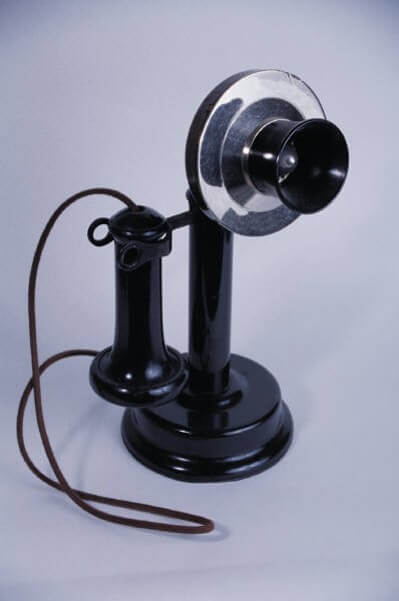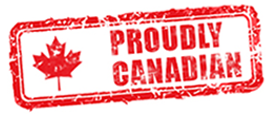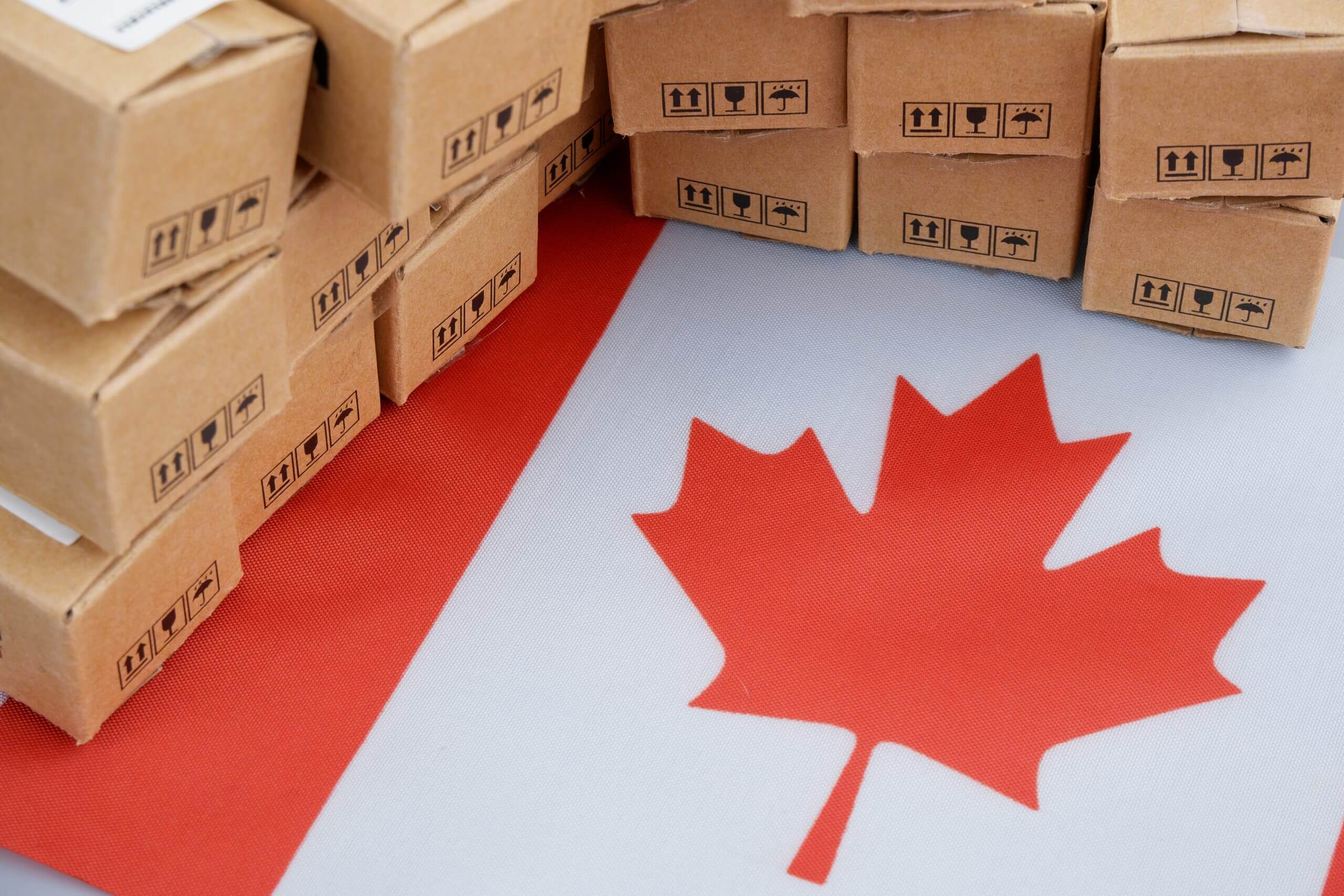Quality or Quantity?
I remember speaking to a senior person at a company that sold auto dialers, he was proud of the fact that using his product clients can achieve in two hours what normally would take 6 to 7 hours. Usually this translates in to increased conversations as a result of more dials. The increased opportunities grow proportionally, if before they were securing one opportunity per every five conversations, which came from 50 dials, doubling the dials to 100 leads to ten conversations, delivering two opportunities. A geometric benefit of automating the dialing. Many will take this increase and say they have improved, but it’s just math, not an improvement of execution. The same people who preach the gospel of “quality over quantity” when discussing whether sales is numbers game or not, seem to accept “quantity over quality” when it comes to outbound prospecting.

The smart money not only focuses on increasing the dials through automation, they continue the quest for quality and improvement by focusing as much of not more on increasing the percentage of conversion from a given number of conversation. By focusing on the quality of each call, and how to convert more conversations to opportunities, you can compound the effect of automation. If you can raise your conversion rate from 5:1, to say 5:1.5, and then continue to perfect your call, improving the quality from start to finish, you can accelerate success through quality. The you can add the dialer for the quantity. In fact, when I asked my auto-dialer friend about the quality of calls, he smiled looked up, and quietly said “I can’t do anything about the human factor.” Well we can.
Seems clear that just automating the dialing will definitely get you more at bats, but do nothing to improve the batting average of you SDR’s or BDR’s. While on the surface there are more opportunities in the pipeline, anything one can do with automation, so can the next. But again, if you improve the quality of the calls, then put some speed behind it, then you are making true gains.
This leads to another question, a bit of inside baseball, but I figure if you are reading this, it will count for you. Success in most outbound calls will revolve around two and half factors. Let’s start with the half, simply, it comes down to getting a voice mail returned, a bit of a challenge with some of the technology out there. (if you are interested in voice mails that get a call back, click here to watch the videos, and you can always contact me).
The second, and full factor is the quality of the introduction, what you say when they pick up the phone. Most will focus on the message, I get it, but you also need to balance that with the dynamics. What is happening on the other end, the recipients end:
- What was going on one minute before you rang?
- How does that impact how they will perceive the call?
- How far are they behind on their to do list for the day, week, month?
- How many other interruptions, sorry calls have they had today, this week…?
- Do they understand your accent?
- Do they have or willing to admit they have the pain you need them to have to make sale?
If you do not take these and other dynamics into account, it doesn’t matter how good your message is, it will miss the mark, and you’ll have missed results.
But stepping back, the even when the dynamics are balanced, most messages I hear on outbound calls are less than effective. The primary challenge is that while much has changed in prospecting, the messaging has not. Many are just repurposed and refurbished version of the same old same old. While everyone agrees that we have to answer the question the buyer is asking, namely “what’s in it for me?”, most messaging is all about the vendor, and the pain they want the buyer to have. Coupled with the dynamics above this just speeds up the second full factor, the objections and how to handle them.
Given that 80% of the time you will one of five common objections, this should be easier than many make it seem, but it’s not. Most sales people, and many pundits, spend time figuring out how to avoid objections. Not gonna happen! You interrupt them, telling them about something they swear they don’t need, addressing a pain they don’t recognize or acknowledge. That all adds up to objection!
All this adds up to more calls, more conversations, but no improvement in execution or conversion, just keeping up with the pace of change. And the buyers, they’re keeping up too, leading to a zero sum game.
Here’s the rub, all these calls make for stats, the more clients the auto dialer has, the more stats, the more stories. When is the best time to call, what is the best way to do this or that? The best was when two different sources identified the best and worst times to make calls. Problem was that the same time one said was the best time to call, the other claimed was the worst. Neither was right or wrong, it was a case of the blind leading the blind. And their followers were learning how the worst try their best. Sort of like LinkedIn Social Selling Index looking at your activities on only one social platform, theirs, given that, do you really care what you index is? That’s what happens when you opt for quantity of quality, and tell your friends that you’re all about quality.
The alternative is simple, next time you want to add more people, and more dials, stop, step back and ask if you can improve the quality of the of your team, rather than just grow their ranks?
When it comes to finding reliable partners in the Canadian market, Scott’s Directories is an invaluable resource. The direct...
Read MoreA Western Directory can significantly enhance your B2B marketing strategy. By leveraging detailed data, you can identify potential...
Read MoreFinding the right healthcare facility is crucial for quality care. The list of hospitals in Ontario provides an extensive director...
Read More























